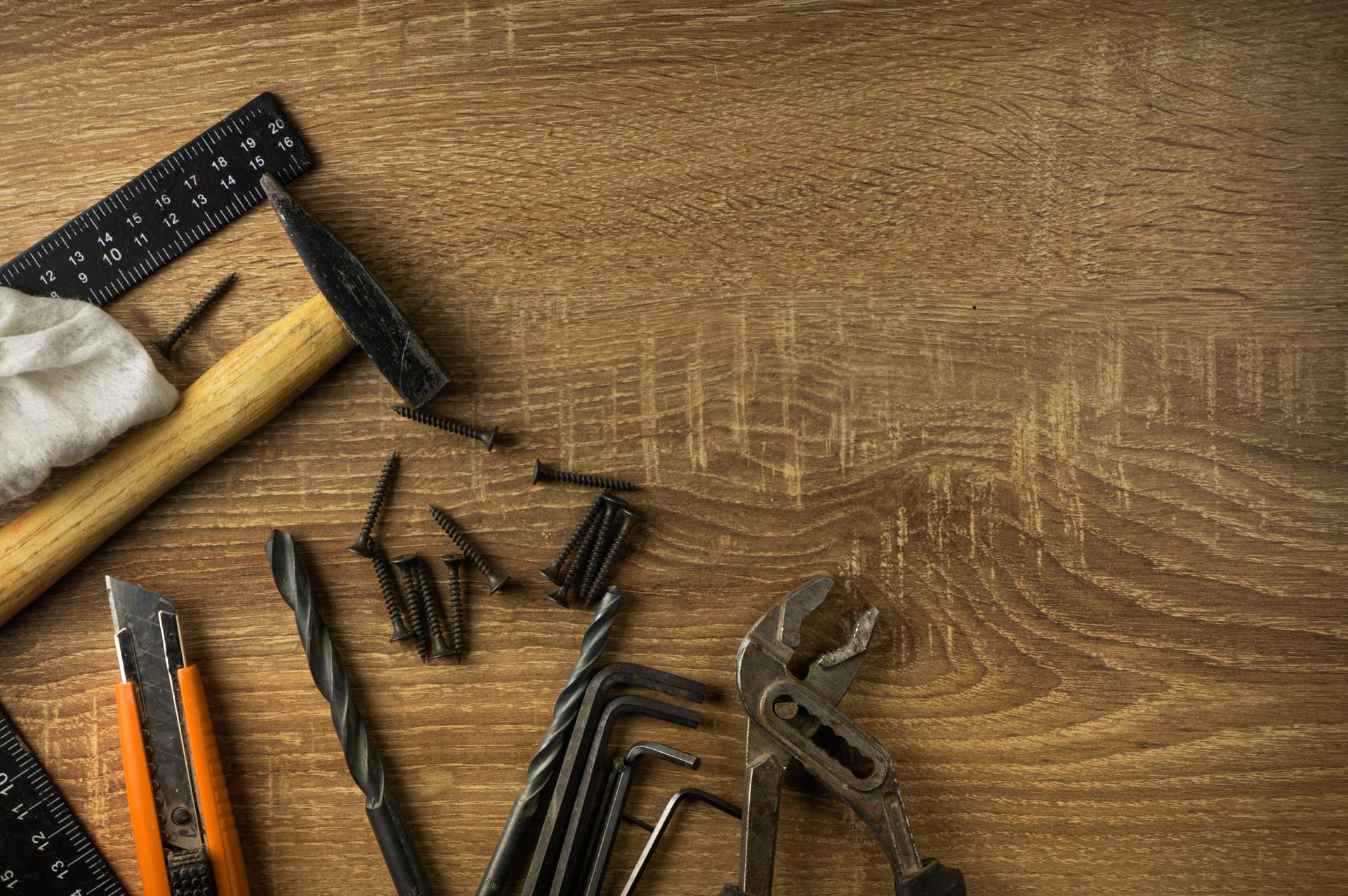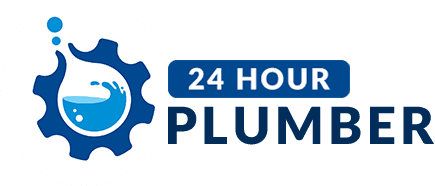The Complete Do-it-yourself Guide to Addressing Common Plumbing Issues at Home

They are an integral component of every home. If they are not maintained properly, they can become a source of many problems, leading to inconvenience and expensive repairs.
There are numerous advantages of learning to resolve minor plumbing issues yourself including saving money as well as gaining useful knowledge. The following article we will cover common plumbing problems and DIY techniques to fix them.
Common Plumbing Problems
Dripping Faucets
Dripping faucets aren’t only frustrating, but they also consume a substantial volume of water during time. The most frequent cause for the faucet to drip is a damaged washer, or an O-ring. To resolve this issue shut off the water supply to the faucet, take out the handle, and replace the damaged washer or O-ring.
Running Toilets
A running toilet is a frequent plumbing problem that could cause water to be wasted. The most typical reason is a malfunctioning flapper valve that doesn’t seal properly, allowing water leak from the tank to the bowl. To resolve this issue shut off your water source to the toilet. take off the lid from the tank, and adjust or replace the flapper valve.
Clogged Drains
Drains that are clogged can be caused by various things such as soap, hair, or food particles. To resolve this issue it is possible to use a plunger or a drain snake to get rid of the clog. You can also use a mixture of vinegar and baking soda to dissolve the clog.
Low Water Pressure
Low water pressure could be due to a variety of reasons, such as the buildup of minerals in pipes or a defective pressure regulator. To remedy this problem, you can try cleaning the aerator and replacing the pressure regulator.
Tools Needed for DIY Plumbing
To perform DIY plumbing, you’ll require some basic tools like a plunger, adjustable wrench, pipe wrench, Teflon tape, and a screwdriver. Having these tools on hand can make it much easier to solve minor plumbing problems.
Safety Tips for DIY Plumbing
Safety must always be a top priority whenever you are performing any plumbing repair DIY. A few safety tips to keep in mind include turning off the water supply prior to beginning any repair, wearing safety glasses and gloves and having a first aid kit on hand in the event of emergencies.
DIY Plumbing Techniques
To fix common plumbing issues for common plumbing issues, you’ll need to know some DIY plumbing tips, like how to turn off the water supply or fix a leaky faucet and how to fix the issue of a toilet that is running and how to clear a drain, and how to increase water pressure. These techniques can save you time and money on minor plumbing repairs.
Conclusion
In the end, knowing how to repair minor plumbing issues yourself can be beneficial in various ways. It’s not just a way to help you save money, but it will provide you with an appreciation for your efforts and valuable knowledge. However, for more significant plumbing problems, it’s better to consult an experienced plumber.
FAQ
Can I fix a plumbing problem myself?
Yes, you can fix minor plumbing issues yourself by learning basic DIY plumbing techniques.
Are there any frequently encountered plumbing problems?
The most common plumbing problems include dripping water from faucets, clogged drains, and low water pressure.
What tools do I need to do my own plumbing?
You’ll need some indispensable tools like a plunger, adjustable wrench, pipe wrench, Teflon tape, and an screwdriver.
Is DIY plumbing safe?
DIY plumbing is safe if you follow safety guidelines and take appropriate steps.
When should I call for a licensed plumber?
You should call a professional plumber for plumbing problems of a serious nature that require specialist equipment and experience.
